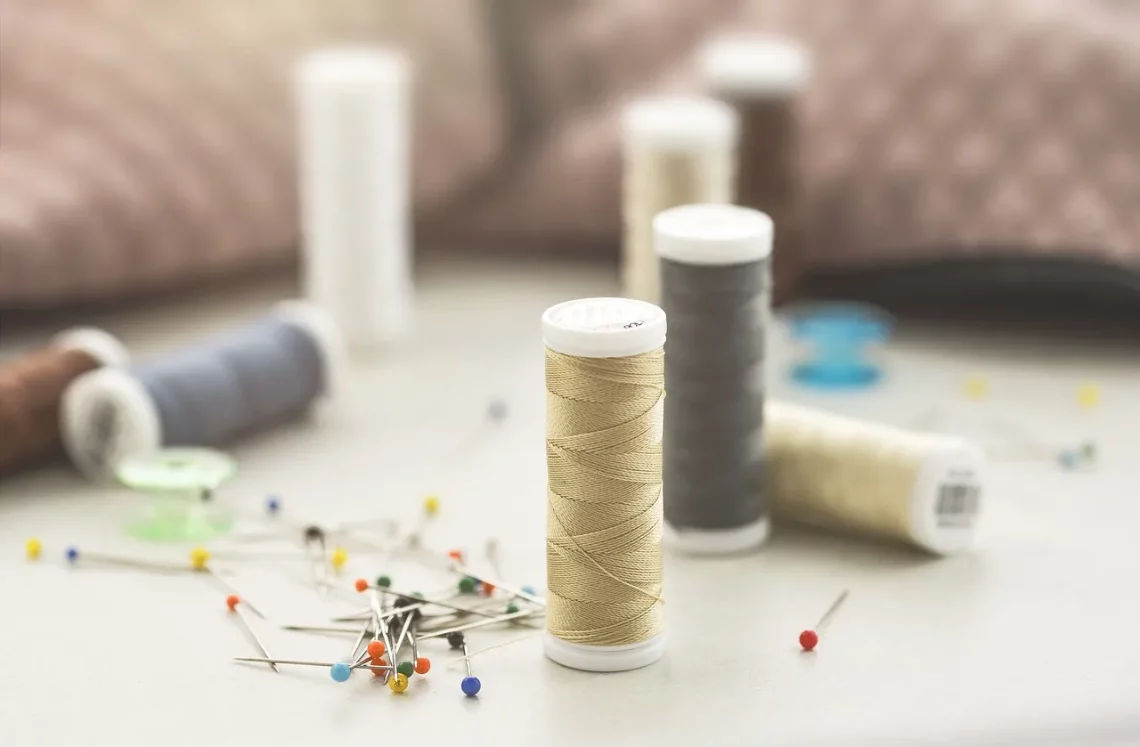
The Versatility and Benefits of Polyamide Cloth in Modern Fabrics
Polyamide cloth, often recognized for its robust and adaptable nature, has emerged as a vital component in the world of modern textiles. This synthetic fabric, derived from polyamide fibers, boasts a range of properties that make it suitable for various applications. From clothing to industrial uses, polyamide cloth has proven itself to be a versatile material, capable of meeting the demands of today’s fast-paced lifestyle.
In a time when consumers are ever more conscious of the materials they choose, polyamide’s characteristics such as durability, elasticity, and resistance to wear and tear make it a preferred choice. Its lightweight nature not only enhances comfort but also allows for easy maintenance and care. Additionally, polyamide fabric is often blended with other fibers, resulting in unique textiles that combine the strengths of multiple materials.
The evolution of polyamide cloth has been influenced by advancements in technology and an increasing awareness of sustainability. As manufacturers continue to innovate, polyamide’s role in the textile industry is expanding, providing solutions that align with both functional and aesthetic needs. Understanding the benefits and versatility of polyamide cloth is essential for anyone interested in modern fabrics and their applications.
The Unique Properties of Polyamide Fabric
Polyamide fabric, commonly known as nylon, is celebrated for its unique properties that contribute to its widespread use in various sectors. One of the most notable features of polyamide is its exceptional strength. This fabric can withstand significant stress and strain, making it ideal for products that require durability, such as outdoor gear, apparel, and industrial applications. Its tensile strength is superior to many other fibers, ensuring that items made from polyamide can endure rigorous conditions.
In addition to strength, polyamide is highly elastic. This elasticity not only enhances comfort but also helps garments maintain their shape, preventing sagging or deformation over time. This makes polyamide an excellent choice for activewear and form-fitting clothing, where movement and flexibility are essential. Furthermore, the fabric’s lightweight nature contributes to its comfort, allowing wearers to move freely without feeling weighed down.
Another significant property of polyamide is its resistance to abrasion. This characteristic is particularly advantageous in environments where wear and tear are common. For example, polyamide is often used in the manufacture of luggage, sports equipment, and outdoor apparel, where durability is paramount.
Moreover, polyamide fabrics exhibit excellent resistance to moisture and quick drying capabilities. Unlike natural fibers, which can absorb water, polyamide repels moisture, making it a preferred choice for swimwear and outdoor clothing. This moisture-wicking ability helps keep the wearer dry during physical activities, enhancing overall comfort.
In summary, the unique properties of polyamide fabric—strength, elasticity, moisture resistance, and lightweight characteristics—make it an invaluable material in the modern textile landscape. Its versatility allows it to be used across various applications, ensuring that it meets the diverse needs of consumers.
Applications of Polyamide Cloth in Various Industries
The applications of polyamide cloth span a wide range of industries, showcasing its versatility and adaptability. In the fashion industry, polyamide is a popular choice for activewear and athleisure clothing. The fabric’s stretchability and durability make it ideal for garments that require flexibility, such as leggings, sports bras, and workout tops. These items are designed to withstand rigorous physical activity while providing comfort and support to the wearer.
Beyond fashion, polyamide cloth plays a crucial role in the automotive sector. It is commonly used in the production of seat covers, interior linings, and safety belts. The fabric’s strength and resistance to wear ensure that automotive interiors remain durable and aesthetically pleasing over time. Furthermore, polyamide’s lightweight nature contributes to overall vehicle efficiency, as reducing weight can lead to improved fuel economy.
In the realm of home textiles, polyamide is often utilized in upholstery and curtains. Its ability to resist stains and fading makes it an excellent choice for high-traffic areas and homes with children or pets. Additionally, polyamide-based textiles can be easily cleaned, making them practical for everyday use.
The industrial sector also benefits significantly from polyamide cloth. It is frequently used in the production of ropes, nets, and conveyor belts due to its high tensile strength and resistance to abrasion. These applications are essential in industries such as shipping, construction, and manufacturing, where durability and reliability are critical.
Moreover, polyamide’s role in medical textiles cannot be overlooked. It is used in surgical sutures, wound dressings, and other medical applications due to its biocompatibility and strength.
Overall, the diverse applications of polyamide cloth across various industries highlight its importance as a modern fabric. Its unique properties make it suitable for both everyday items and specialized equipment, ensuring that it continues to play a vital role in contemporary life.
Environmental Considerations and Sustainability in Polyamide Production
As awareness of environmental issues grows, the textile industry is under increasing pressure to adopt more sustainable practices. Polyamide production, traditionally reliant on petrochemicals, has faced scrutiny regarding its environmental impact. However, advancements in technology and manufacturing processes are paving the way for more sustainable alternatives.
One of the most significant developments is the introduction of bio-based polyamide. This alternative is derived from renewable resources, such as castor beans, which can reduce the reliance on fossil fuels. Bio-based polyamide retains the same beneficial properties as traditional polyamide, making it a viable option for manufacturers looking to reduce their carbon footprint.
Additionally, recycling initiatives are gaining traction in the polyamide industry. Manufacturers are increasingly exploring ways to recycle post-consumer polyamide products, transforming them into new fibers for use in various applications. This not only helps reduce waste but also minimizes the demand for virgin materials, contributing to a more circular economy.
Moreover, innovations in dyeing and finishing processes are also enhancing the sustainability of polyamide textiles. Traditional dyeing methods often involve harmful chemicals and significant water consumption. However, new technologies are emerging that utilize less water and fewer harmful substances, ensuring that the environmental impact of polyamide textiles is minimized.
Consumers are also becoming more conscious of their purchasing decisions, often seeking out brands that prioritize sustainability. This shift in consumer behavior is encouraging manufacturers to adopt more environmentally friendly practices, leading to a positive change in the industry.
In conclusion, while polyamide production has historically posed environmental challenges, ongoing innovations are paving the way for a more sustainable future. The development of bio-based polyamide, recycling initiatives, and improved manufacturing processes are all contributing to a more eco-friendly approach to polyamide textiles, ensuring their continued relevance in a world increasingly focused on sustainability.
Choosing Polyamide for Your Textile Needs
When considering textiles for various applications, polyamide offers numerous advantages that make it a compelling choice. Its unique combination of properties not only enhances the performance of the final product but also caters to consumer demands for comfort, durability, and style.
For those involved in fashion design, polyamide’s versatility allows for creative freedom. The fabric can be easily dyed and printed, providing endless possibilities for color and pattern. Additionally, its lightweight nature makes it suitable for layering, allowing designers to create stylish and functional garments that appeal to modern consumers.
In the realm of outdoor and sports apparel, polyamide’s moisture-wicking properties and durability make it an ideal choice. Whether it’s hiking, running, or engaging in water sports, garments made from polyamide can withstand the elements while keeping the wearer comfortable. This functionality is essential for athletes and outdoor enthusiasts who rely on high-performance clothing.
For home textiles, polyamide offers practical benefits such as stain resistance and easy maintenance. Homeowners can enjoy stylish furnishings that stand up to daily wear and tear without compromising on aesthetics. From outdoor cushions to curtains, polyamide’s versatility ensures that it can be used in various home applications.
In industrial settings, the strength and durability of polyamide make it a reliable choice for equipment and materials that face challenging conditions. Its resistance to abrasion and chemicals ensures longevity, making it a cost-effective option for businesses.
Ultimately, choosing polyamide for your textile needs can lead to innovative, stylish, and functional products that meet modern demands. With its adaptability and excellent performance characteristics, polyamide stands out as a material that can enhance a wide range of applications.
In summary, polyamide cloth has established itself as a versatile and beneficial fabric in the modern textile industry. Its unique properties and diverse applications make it an essential material for consumers and manufacturers alike. As sustainability continues to be at the forefront of the industry, polyamide’s evolution will likely reflect the growing demand for environmentally friendly practices, ensuring its relevance for years to come.




